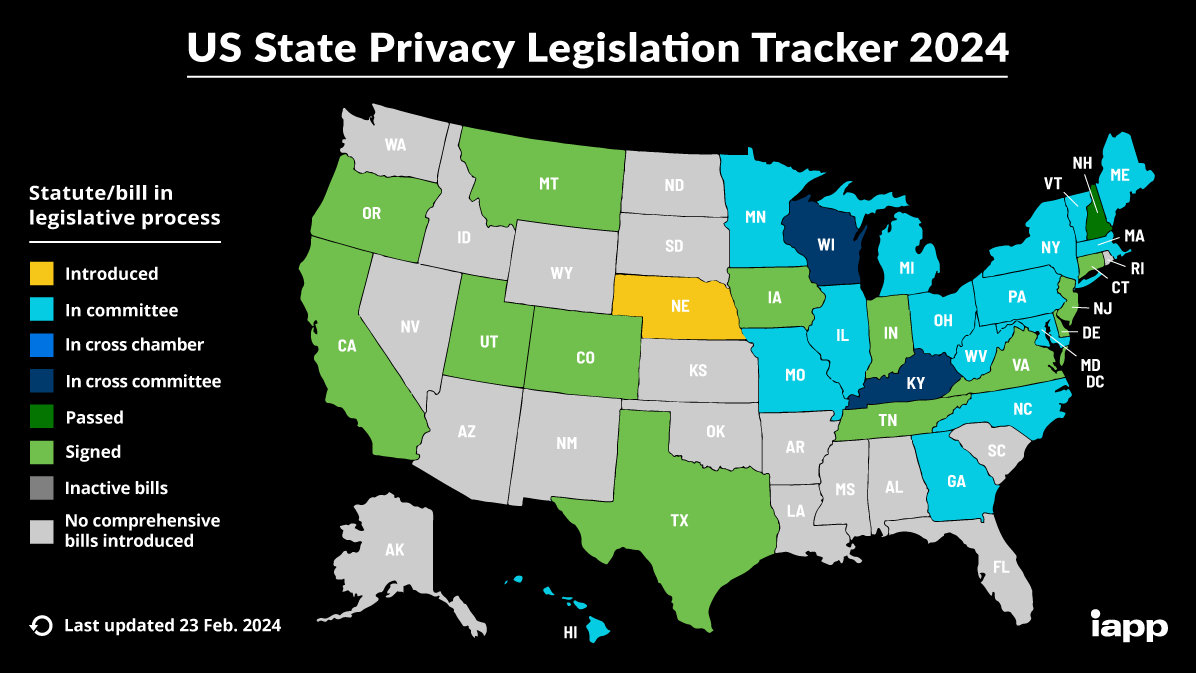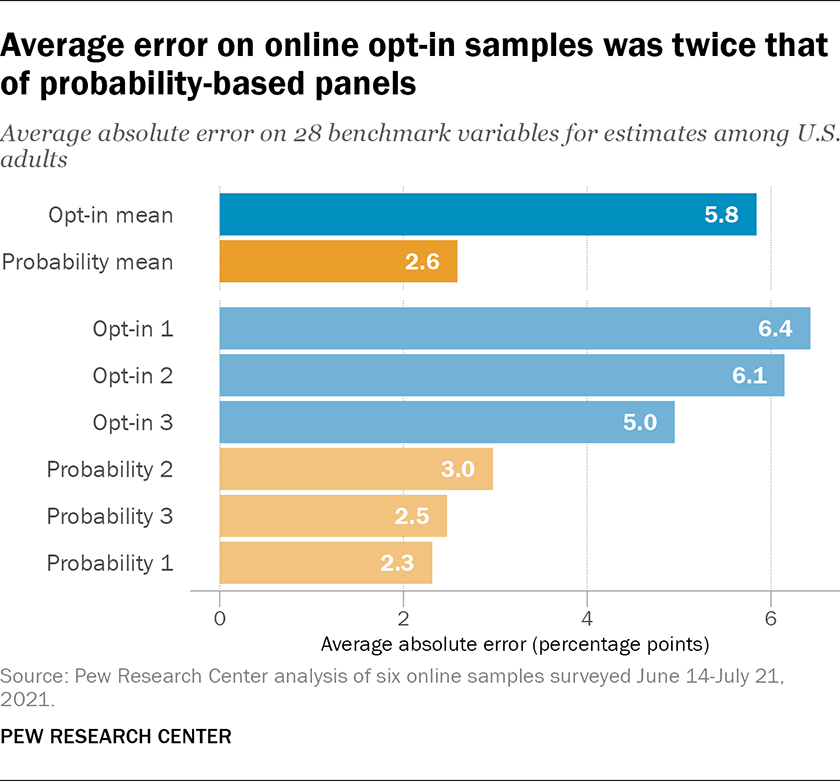No More Excuses: It’s Time To Demand Data Transparency
Consumer behavior has evolved, but so has data creation
Third-party data creators naturally have people in mind all the time. Which choices are they making? How are they impacted by recent political, cultural, or market changes? In what ways are their lifestyles, behaviors, and preferences changing?
The problem with some data creators is that they are examining a few trees very closely and haven't yet stepped back and looked at the forest as a whole. For example, some data creators do a great job capturing a single type of information, like online browsing behavior. Hypothetically, they can determine someone is in-market for insurance. But they often lack additional data context like user demographics. Worse yet, the data is most likely not portable to other channels, limiting the action you can take from it. The optimal dataset can be used across the marketing environment to enable multiple use cases and tactics without forcing concessions in scale, application, privacy, or performance.
Fortunately, recent legislation and a growing awareness of data ethics are forcing businesses to reexamine the data they use. This impacts all forms of media, marketing, and measurement. What can marketers do to ensure the data they use reflects modern consumers, can be used in all necessary environments, and respects consumer privacy regulations?
Data privacy is in the spotlight
It’s been years since GDPR and CCPA went into effect, and yet many data players are still playing fast and loose. They are operating in the shadows and hoping that buyers will look the other way as long as they deliver performance. Capturing data without consent or authority is not acceptable. This is especially true as consumer awareness and concern around data transparency continues to grow, and more legislation is being evaluated and signed into law. This space continues to evolve on a state-by-state basis with no federal resolve in sight. There are several organizations that track this to make it easy, like the one here, but ensuring data is compliant with these rules is a different challenge all together.

Data bias is a dirty word (that no one is saying out loud)
The consumer landscape is more diverse than ever before. Simply accepting any data inputs and assuming they will accurately project out to the full population is a dated theory. In practice, and according to new research mentioned below, this method falls down. From ethnicity to age, poor representation has the power to wreck even the most well-intentioned data and media plans. And just because you aren’t talking about bias in your data doesn’t mean it isn’t there.
How to identify data built for the future
MRI-Simmons has been focused on creating privacy-compliant and representative data for decades. In fact, we are often used as a truth set to validate and calibrate data from online convenience panels (or basically surveys open to anyone willing to take them), first-party data, and large consumer files alike! Drawing from our research and expertise, here are some key takeaways to apply when selecting datasets crucial to your marketing and advertising strategy.
Myth busted: Opt-in data doesn’t have to be limited or biased
To stay ahead of consumer concern and privacy legislation, some buyers assume they must make major concessions. These compromises, typically associated with opt-in data, include both scale and representative quality. However, having an opt-in dataset is important, especially when gathering unique and niche data points. Essentially, if you have high-quality data to begin with, and the right processes in place, scaling to a full US consumer population is not only possible, but effective. The end result is a highly accurate and effective probabilistic, predictive dataset.
Detractors would say “true performance requires deterministic data.” However, that outdated school of thought forces marketers to make concessions. If you take a deterministic-only data mentality, be prepared to understand the limits of that data (for example, the representativeness of the population you are trying to reach) or the granularity and portability of the data you are trying to action. You also need to be sure that the deterministic data does not scale through collection techniques that lack data transparency or may violate a consumer’s privacy and choice. Basically, marketers who choose to focus on deterministic data can struggle to achieve scale and privacy compliance, while those using probabilistic data can accomplish both. But blending them together can be of even greater value.
Avoiding bias has a greater impact on your media buy than you imagine
In pursuit of opt-in datasets that scale, many data creators simply collect data from as many willing respondents as possible. Unfortunately, that introduces the challenge of “professional survey takers.” Even studies crafted by providers using random selection are flawed if they are built from a pool of paid survey takers. When asked if their data is “representative,” they answer indirectly with something like “this data includes respondents from all 50 states.” Data with geographic variety is not the same thing as representative data. In fact, online non-probability surveys actually open the door for another TV data landmine - selection bias.
Selection bias occurs when your data inputs are not randomized properly to ensure the sample is representative of the entire population.

Source: https://xkcd.com/2618/
A closer look at selection bias
Selection bias impacts all data; however, certain categories of data and consumer segments are more affected than others. While we know this intrinsically, it’s always advisable to validate potential data bias from reputable sources. In September of 2023, one such source (Pew Research Center) released a study comparing two types of online survey samples. The study was designed to evaluate the current state of online survey sampling methods (probability and opt-in), and to determine the accuracy of both on general population estimates for US adults, as well as on estimates for key demographic subgroups.
Key findings from the Pew study included:
- Error was widespread on the opt-in samples
- Online opt-in samples had especially large errors for 18- to 29-year-olds and Hispanic adults
- Much of the opt-in sample error was due to bogus respondents who usually say “yes” regardless of the question
Perhaps most concerning was that, on average, error on opt-in samples was about twice that of probability-based panels, with 3 of the 4 opt-in samples averaging absolute errors of 5.8 percentage points.
Imagine over or underestimating the importance of a channel or even a specific media partner; this is completely possible if you’re relying on biased data! Ensuring your data is representative may sound like a feel-good DEI initiative. In reality, the right data can dramatically impact your TV strategy and ultimately campaign performance.
Long story short, use online convenience panels for no more than a quick pulse check on consumer sentiment. Data that powers media planning or buying must be representative of the population.
Data for media = High-quality + privacy-compliant + representative
Marketing teams trying to deliver convergent media plans need to ensure the data they are using to build and execute plans is ready for prime time. The great news is that you don’t have to choose only one element: privacy–compliant data OR high-performing data OR representative data OR data transparency. Those concepts do not need to be mutually exclusive when working with the right partner. With the right processes in place, TV buyers and sellers can have the best of all worlds.





